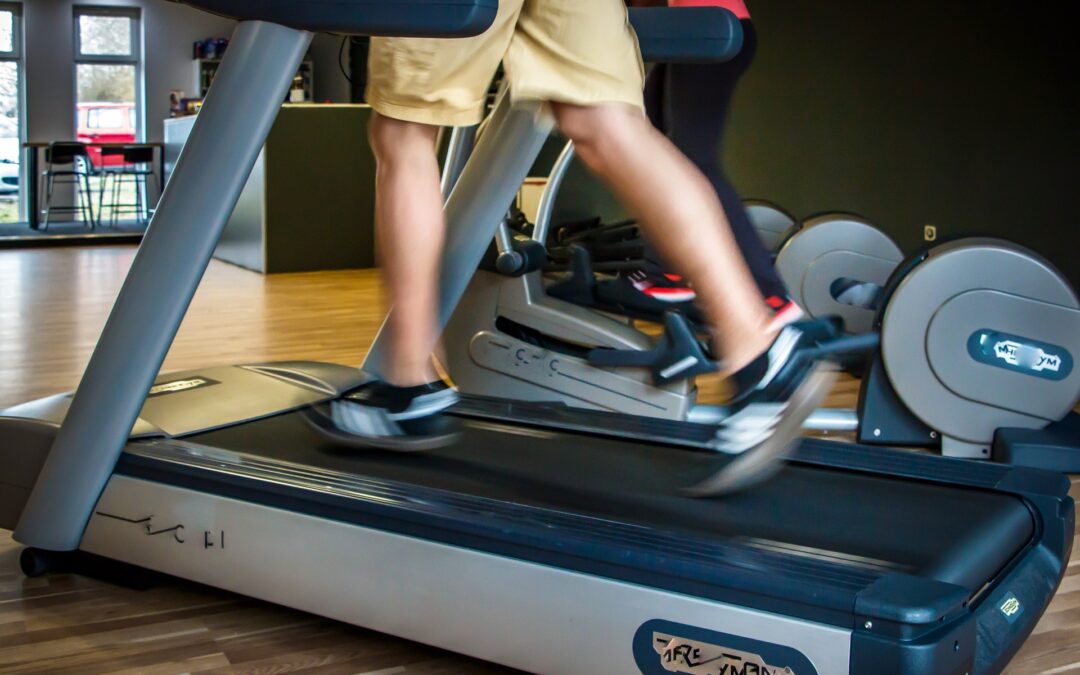Effects of wearing a cloth face mask on performance, physiological and perceptual responses during a graded treadmill running exercise test.
Driver S, Reynolds M, Brown K, Vingren JL, Hill DW, Bennett M, Gilliland T, McShan E, Callender L, Reynolds E, Borunda N, Mosolf J, Cates C, Jones A. Br J Sports Med. 2021 Apr 13:bjsports-2020-103758. doi: 10.1136/bjsports-2020-103758. Epub ahead of print.
https://pubmed.ncbi.nlm.nih.gov/33849908/
Take-Home Message
Exercising with a cloth mask decreased participants’ exercise time and maximal oxygen consumption and increased feelings of discomfort and claustrophobia.
Background
Recommendations for wearing a mask in many public spaces are common. This includes during indoor exercise. It is unclear though, how wearing a cloth mask impacts subjective and objective measurements of exercise.
Study Goal
Driver and colleagues completed a prospective, randomized crossover trial to determine if wearing a cloth mask significantly affected performance subjectively and objectively.
Methods
The researchers recruited 31 recreationally active individuals (17 male, 14 female). Participants were between 18 and 29 years of age and reported no contraindications for maximal treadmill exercise testing. All participants were randomly assigned to 1 of 2 groups. They all completed 2 testing trials (1 with a cloth mask, 1 without). All masks worn during data collection were of the same brand and style. The exhaustive exercise protocol for each testing session included a 3-minute walking warm-up, followed by an exhaustive incremental exercise protocol, and then a 7-minute standing recovery. Immediately following the 7-minute standing recovery, participants completed a brief qualitative questionnaire about their experience.
Results
The authors demonstrated that exercising while wearing a cloth mask reduced participant’s exercise time, VO2 max, respiratory exchange ratio, and minute ventilation. There was no difference between heart rate, blood pressure, or blood oxygen saturation in participants pre-trial or post-recovery. Subjectively, participants reported feeling more uncomfortable wearing the cloth mask and that wearing a mask increased breathing resistance.
Viewpoints
Ultimately, the authors demonstrated that exercise while wearing a cloth face mask impacts an individual’s comfort and respiratory metrics during maximal exercise. Interestingly, it did not affect cardiovascular metrics. This is contradictory to results of other recent studies (linked below). However, the study design and methodology were much different and likely explain these conflicting results. For example, in the current study, the athlete voluntarily terminated the exercise protocol. Therefore, if a participant felt that their breathing was obstructed, they could have ended the protocol prior to their physiological limit, resulting in less exercise time and maximal oxygen consumption. To better understand the physiological impact of wearing a cloth mask, more research should analyze this question.
Clinical Implications
Ultimately, this study suggests that an athlete may feel that their breathing is impacted by wearing a cloth mask. Therefore, clinicians working with masked populations should consider adapting the duration and intensity of exercise to help increase the comfort of those individuals.
Questions for Discussion
Have you recommended adaptations for exercise considering masking recommendations? What has been your experience?
Written by: Kyle Harris
Reviewed by: Stephen Thomas
Related Posts
Masking up is best practice, even during exercise!
Safe to Exhale? Exercising with a Face Mask


